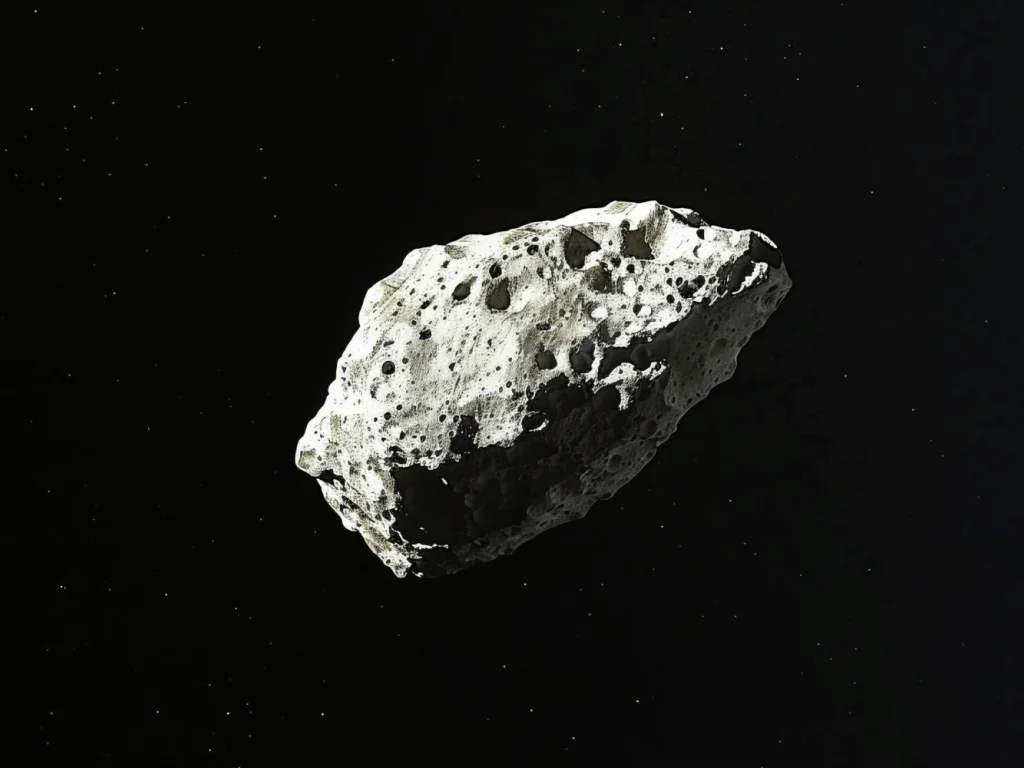ESA’s Hera mission to study the effects of NASA’s DART, which targeted a binary asteroid system, will be launched today using SpaceX’s Falcon 9 rocket. The Hera mission will focus on Dimorphos, a small celestial body on which NASA’s DART intentionally crashed to change its trajectory in September 2022, in a test of planetary defense.
The scientific objectives are to map, characterize, and understand the consequences on Dimorphos following the impact. After the DART spacecraft crashes on the asteroid, Hera will measure the dimensions of the resultant crater and will evaluate the degree of the accomplished asteroid redirection. Two accompanying cubesats, Milani and Juventas, will provide additional data regarding the Martian surface and interior composition as well as gravitation.
Launch Details and Objectives Hera, along with its cubesats, is scheduled for launch on Monday, October 7, 2024, at 10:52 a.m. EDT (1452 GMT), a SpaceX Falcon 9 rocket will blast off from Cape Canaveral Space Force Station in Florida. If successful, the mission will impact Dimorphos the latest by the end of 2026. The mission is expected to answer some of the questions arising from the DART mission, including the tremendous change in Dimorphos’ orbit after the impact. The mission will further our understanding of its interior; scientists suggest that the asteroid has the structure of an irregular, elongated “rubble pile.”.
As Professor Gareth Collins from Imperial College London explained, though the defense experiment with DART was successful, it has left many questions, and that is why Hera is designed to answer them.
The results of the Hera mission will be beneficial for the success of future asteroid redirection missions and will give scientists something to work with to defend our planet from future asteroid impacts.












